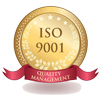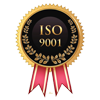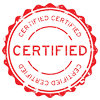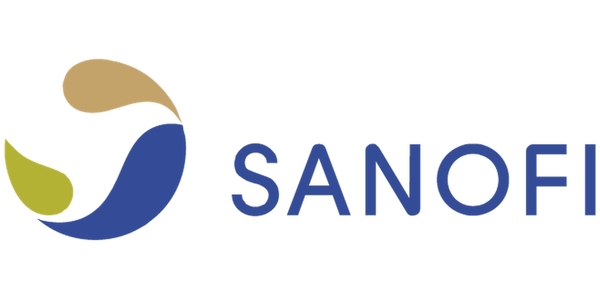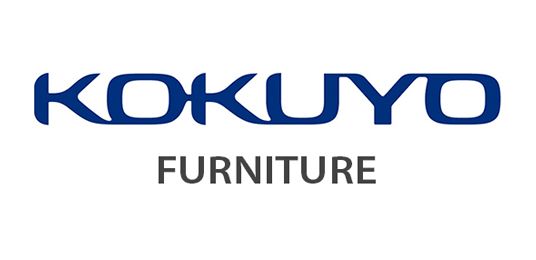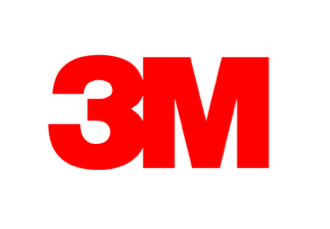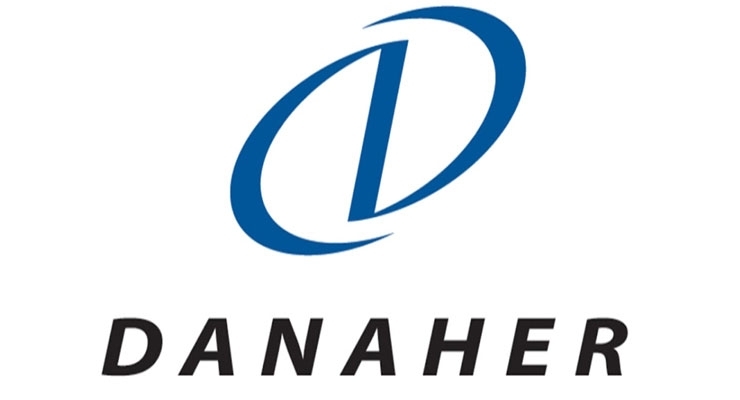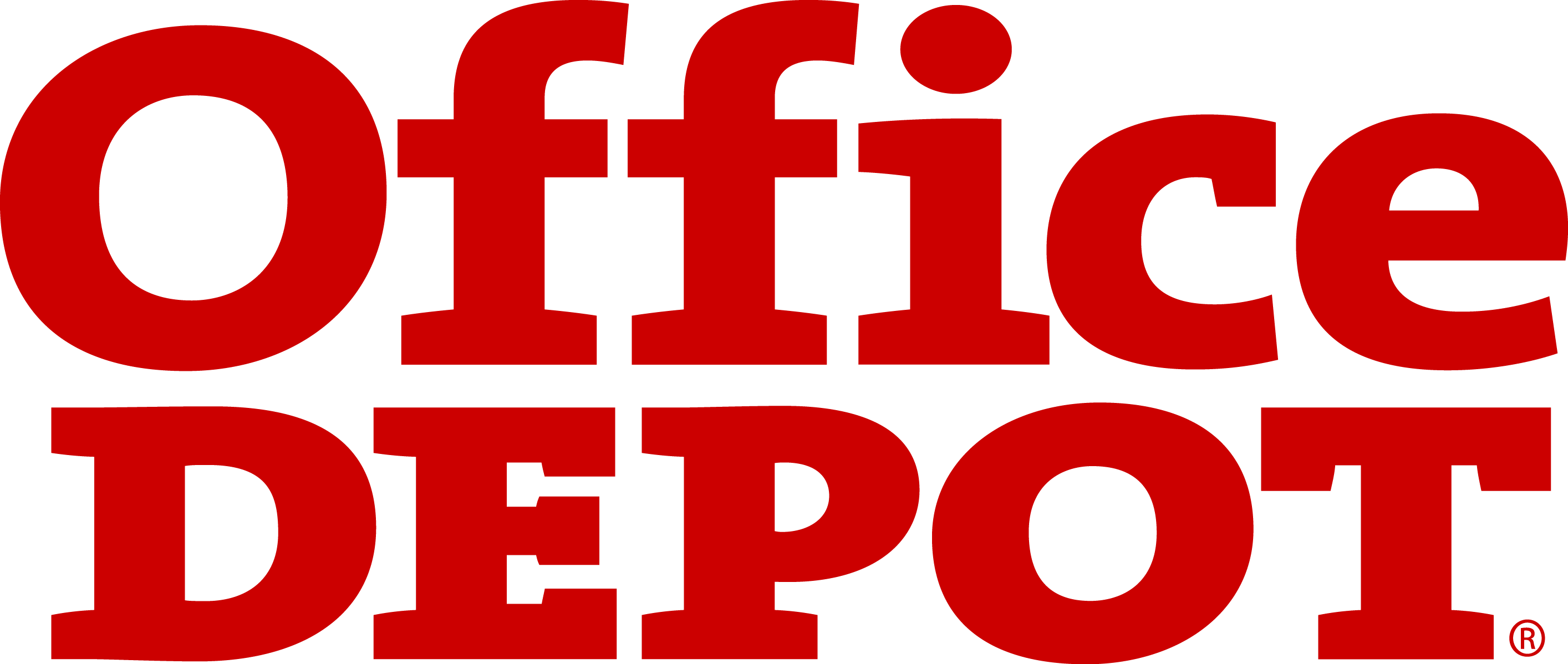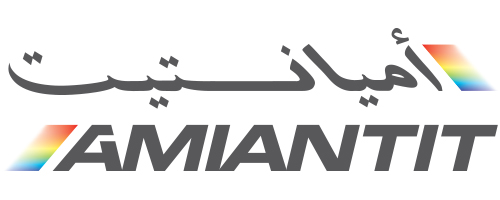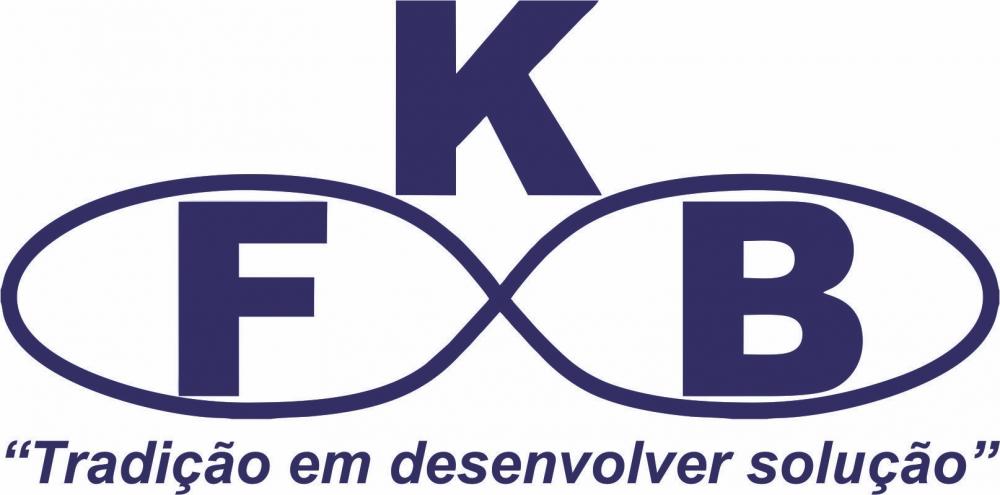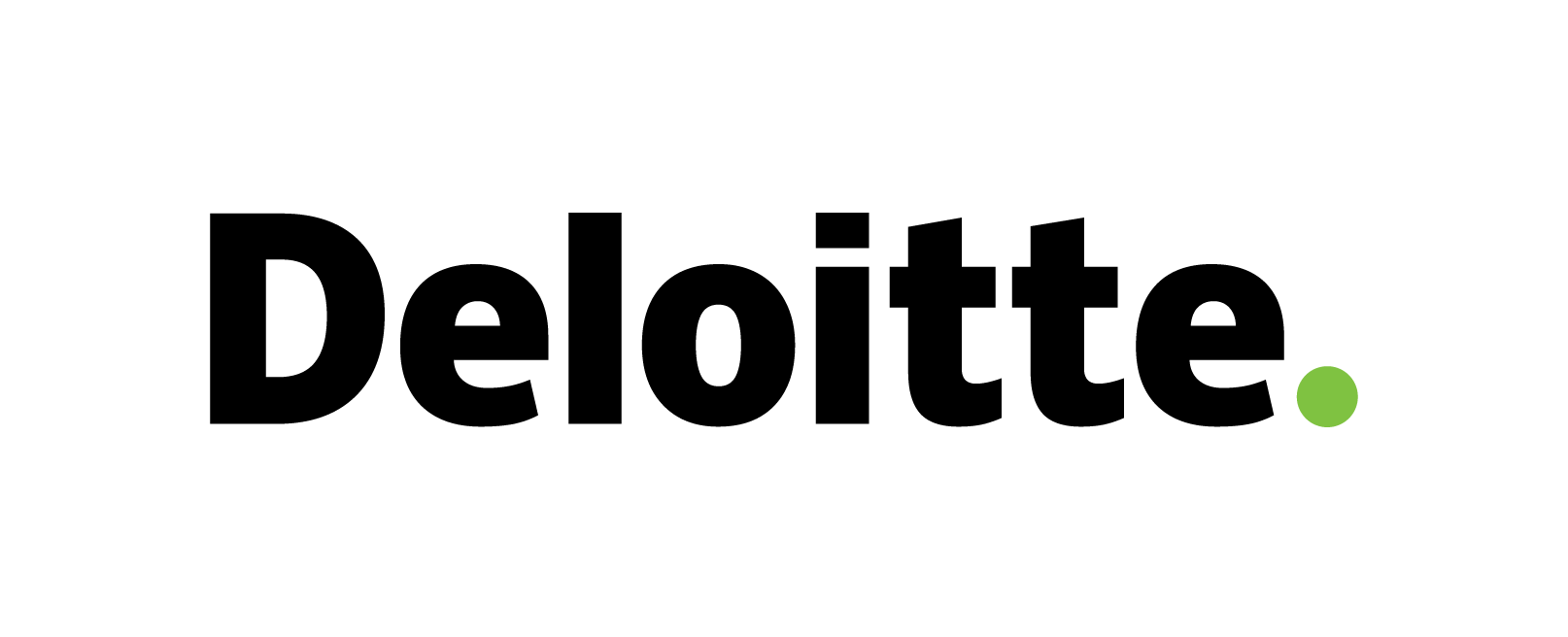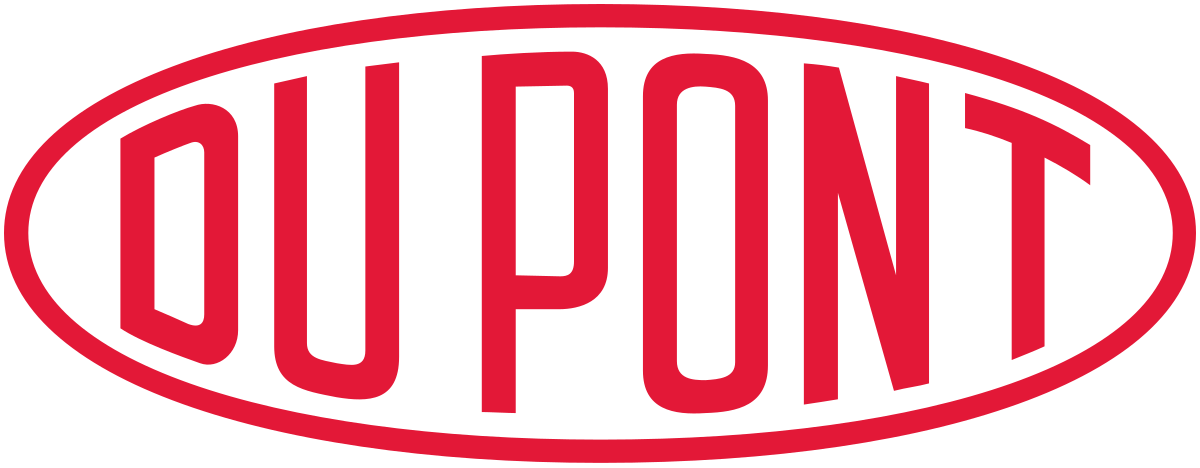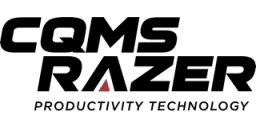Heat Pump Market
Heat Pump Market Trends, Opportunity, and Forecast Analysis, 2024-2033
Heat Pump Market revenue to generate USD 205.2 billion by 2033, according to KDMI analyst’s growth analysis. The market is segmented by Technology, Capacity, Operation Type, Application and by region.
Heat Pump Market Size Survey Report – In a Glance
As per the survey report on global Heat Pump Market, the market is projected to foresee a CAGR of 9.3% between 2024-2033, and further generate a market size of USD 205.2 billion revenue by the end of 2033. In the year 2024, the market size was valued at USD 90.9 billion revenue.
- The global Heat Pump Market is projected to grow on account of increasing demand for energy efficiency.
- In Japan, the rising awareness of climate change can be attributed to the growth in the Heat Pump Market.
- KDMI analyst’s growth analysis foresees high initial cost to challenge the market growth.
- Asia Pacific, having the highest market share in the Heat Pump Market, is projected to dominate the global market.
Heat Pump Market Analysis
Heat pump, an appliance which collects heat from outside and warms it to a higher temperature, then transfers it from one space to another. It can both cool and heat a place or a room by applying a refrigeration cycle, warming the warm space and cooling the cool space. As most heat is transferred instead of being produced, heat pumps are far more effective than conventional heating such as electric heaters or boilers and are cheaper to function. The increasing demand for energy efficiency or energy-efficient technology is a significant growth driver of the heat pump market globally. The world population is anticipated to expand by 2 billion by 2030, with energy demand anticipated to increase by 33% during the same time. To handle energy demand in the future, constructing renewables is important, but it has to match with gains in energy efficiency. PwC has allied with the World Economic Forum’s International Business Council to indicate how one can reduce worldwide energy consumption by 31% with decreasing economic output, saving around USD 2 trillion in annual energy costs. Enhancement in energy efficiency on this scale might considerably decrease carbon emissions from energy and place the world comfortably ahead of the energy application targets. Carrier Corporation, Daikin Industries, Ltd., and Trane, Inc. are significant players in global Heat Pumps.
Analyst’s Observation on Japan Heat Pump Market Survey
Heat pumps reduce the greenhouse gas release by 70% when compared to traditional cooling and heating methods. Installation of heat pumps instead of fossil fuel-based boilers considerably reduces greenhouse gas release in all significant heating markets. Heat pumps are a great technique to avoid climate change because they consume approximately 75% less electricity compared to traditional water heaters. Some Japanese organizations are assessed highly for their climate change actions, and according to the Corporate Climate Change Countermeasures Survey Report by CPD, about 38 Japanese businesses are rated the highest and ranked on the A list. Japan has the highest number of A-list organizations around the world, and there are even 42 Japanese organizations in the 2nd phase of an A rank. It is highly regarded that they are mostly addressing climate transition as a management threat. The growing climate change awareness in Japan bodes well for the growth of the Japanese heat pump market. DENSO CORPORATION, Panasonic Holdings Corporation and Mitsubishi Electric Corporation are significant players in the Japanese Heat Pump market.
|
Heat Pump Market: Report Scope |
|
|
Base Year |
2023 |
|
Estimated Market Size |
USD 90.9 Billion in 2024 |
|
Forecast Year |
2024-2033 |
|
Projected Market Size |
USD 205.2 Billion in 2033 |
|
CAGR Value |
9.3% |
|
Heat Pump Market Key Trends/Major Growth Drivers |
|
|
Restraint Factors |
|
|
Heat Pump Market Segmentation |
|
|
Fastest Growing Region |
|
|
Heat Pump Market Key Players |
Carrier Corporation, Daikin Industries, Ltd., Trane, Inc., Midea Group, Mitsubishi Electric Corporation, Panasonic Corporation, LG Electronics, Inc., Samsung Electronics Co., Ltd., Emerson Climate Technologies, Stiebel Eltron Group, Bosch Thermo technology GmbH, Danfoss Group and Others |
Heat Pump Market Growth Driver & Market Restraint
Growth Driver
Rising need for renewable energy:
Heat pumps are developed technology which is more energy effective than boilers as they allow highly suitable use of renewable energy sources, waste heat and ambient heat. The increasing requirement for renewable energy is a primary growth driver of the heat pump market. As the world searches to address climate transition and develop energy change, the way it makes and shifts things around the planet is transitioning. Renewable energy has aided the electricity industry to reduce releases, and it has caused a surge in its demand. Renewable energy consumption in the heat, power and transport industry surges to 60% across 2024-2030, and this increase encourages the proportion of renewables in final energy consumption to around 20% by 2030, an increase of 13% from 2023.
Market Restraint
High initial cost:
Heat pumps are much more costly to install instead of the typical heating system, discouraging consumers and organizations from investing. Although they offer long-term savings on energy expenses, the initial financial limitation acts as a hurdle to extensive adoption.
Heat Pump Market Segmentation
Our experts at KD Market Insights have segmented the global Heat Pump Market research report as:
|
By Technology |
|
|
By Capacity |
|
|
By Operation |
|
|
By Application |
|
|
By Region |
|
Heat Pump Market Regional Synopsis
Asia Pacific is expected to dominate the heat pump market due to its robust emphasis on energy competence and an increasing dedication to renewable energy sources. China has already ascertained that energy efficiency spending generates long-term socioeconomic advantages. After the 2008 financial disaster, China apportioned 5% of its USD 585 billion stimulus package to energy preservation, pollutant release reduction and environmental projects. As of 2018, China alone registered for 22% of worldwide energy consumption and 29% of total CO2 release & the country’s progress in executing compulsory energy efficiency policies over the previous decade has made it the world’s energy efficiency heavyweight. Further, China inducted more than 530 gigawatts of renewable energy capacity by the end of 2020, making up about 30% of the world’s whole renewable energy. China has decided to reach carbon neutrality by 2060 and peak carbon release by 2030, pushed by the impetus from this remarkable growth. Energy efficient projects stand as a keystone of sustainable development interlacing together the threads of advancement and environmental stewardship. In India, this deep commitment to sustainability is avidly commemorated on December 14 as National Energy Conservation Day.
Europe is expected to be the fastest growing region as the EU member states have been promoted to establish subsidy schemes heat pumps by a variety of EU legislative programs covering the decarbonization policies and energy transition. These involve the Energy Efficiency Directive, Renewable Energy Directive and the Energy Performance of Buildings Directive. In Germany, landowners receive a grant of USD 18549 if they purchase a ground source heat pump and up to USD 15461 for an air source heat pump. The subsidy covers around 15% of the qualified costs, including the acquisition of the heat pump. Further, to eradicate climate change, the European Parliament implemented the European Climate Law, which increases the EU’s target of decreasing total greenhouse gas release by at least 55% by 2030, from the present 40% and makes climate impartiality by 2050 legally binding. As of 2021, the EU made climate neutrality, the target of zero total emissions by 2050, legally binding in the EU. It established a temporary goal of a 55% release reduction by 2030. This aim of zero net emissions is preserved in the climate law. The European Green Pact is the roadmap for the European Union to become climate-neutral by 2050.
Regional Company Names
- SAMSUNG
- DENSO CORPORATION
- Midea
- Panasonic Holdings Corporation
Heat Pump Market Competitive Landscape
Some of the key players who top the global Heat Pump Market share:
- Carrier Corporation
- Daikin Industries, Ltd.
- Trane, Inc.
- Midea Group
- Mitsubishi Electric Corporation
- Panasonic Corporation
- LG Electronics, Inc.
- Samsung Electronics Co., Ltd.
- Emerson Climate Technologies
- Stiebel Eltron Group
- Executive Summary
- Market Overview
- Key Findings
- Market Trends
- Market Outlook
- Introduction
- Scope of the Report
- Research Methodology
- Definitions and Assumptions
- Acronyms and Abbreviations
- Market Dynamics
- Drivers
- Restraints
- Opportunities
- Challenges
- Global Heat Pump Market
- Market Overview
- Market Size and Forecast
- Market Segmentation
- By Technology
- By Capacity
- By Operation
- By Application
- By Region
- Market Segmentation by Technology
- Air Source
- Water Source
- Geothermal
- Others
- Market Segmentation by Capacity
- Up to 10 kW
- 10-20 kW
- 20-50 kW
- 50-100 kW
- 100-200 kW
- Above 200 kW
- Others
- Market Segmentation by Operation
- Electric
- Hybrid
- Others
- Market Segmentation by Application
- Residential
- Industrial
- Commercial
- Others
- Regional Analysis
- North America
- United States
- Market Size and Forecast
- Key Trends and Developments
- Market Analysis by Technology, Capacity, Operation and Application
- Canada
- Market Size and Forecast
- Key Trends and Developments
- Market Analysis by Technology, Capacity, Operation and Application
- Mexico
- Market Size and Forecast
- Key Trends and Developments
- Market Analysis by Technology, Capacity, Operation and Application
- United States
- Europe
- United Kingdom
- Market Size and Forecast
- Key Trends and Developments
- Market Analysis by Technology, Capacity, Operation and Application
- Germany
- Market Size and Forecast
- Key Trends and Developments
- Market Analysis by Technology, Capacity, Operation and Application
- France
- Market Size and Forecast
- Key Trends and Developments
- Market Analysis by Technology, Capacity, Operation and Application
- Italy
- Market Size and Forecast
- Key Trends and Developments
- Market Analysis by Technology, Capacity, Operation and Application
- Spain
- Market Size and Forecast
- Key Trends and Developments
- Market Analysis by Technology, Capacity, Operation and Application
- Rest of Europe
- Market Size and Forecast
- Key Trends and Developments
- Market Analysis by Technology, Capacity, Operation and Application
- United Kingdom
- Asia Pacific
- China
- Market Size and Forecast
- Key Trends and Developments
- Market Analysis by Technology, Capacity, Operation and Application
- Japan
- Market Size and Forecast
- Key Trends and Developments
- Market Analysis by Technology, Capacity, Operation and Application
- India
- Market Size and Forecast
- Key Trends and Developments
- Market Analysis by Technology, Capacity, Operation and Application
- Australia
- Market Size and Forecast
- Key Trends and Developments
- Market Analysis by Technology, Capacity, Operation and Application
- South Korea
- Market Size and Forecast
- Key Trends and Developments
- Market Analysis by Technology, Capacity, Operation and Application
- Rest of Asia Pacific
- Market Size and Forecast
- Key Trends and Developments
- Market Analysis by Technology, Capacity, Operation and Application
- China
- Latin America
- Brazil
- Market Size and Forecast
- Key Trends and Developments
- Market Analysis by Technology, Capacity, Operation and Application
- Argentina
- Market Size and Forecast
- Key Trends and Developments
- Market Analysis by Technology, Capacity, Operation and Application
- Colombia
- Market Size and Forecast
- Key Trends and Developments
- Market Analysis by Technology, Capacity, Operation and Application
- Rest of Latin America
- Market Size and Forecast
- Key Trends and Developments
- Market Analysis by Technology, Capacity, Operation and Application
- Brazil
- Middle East & Africa
- South Africa
- Market Size and Forecast
- Key Trends and Developments
- Market Analysis by Technology, Capacity, Operation and Application
- Saudi Arabia
- Market Size and Forecast
- Key Trends and Developments
- Market Analysis by Technology, Capacity, Operation and Application
- UAE
- Market Size and Forecast
- Key Trends and Developments
- Market Analysis by Technology, Capacity, Operation and Application
- Rest of Middle East & Africa
- Market Size and Forecast
- Key Trends and Developments
- Market Analysis by Technology, Capacity, Operation and Application
- South Africa
- North America
- Competitive Landscape
- Market Share Analysis
- Company Profiles
- Carrier Corporation
- Daikin Industries, Ltd.
- Trane, Inc.
- Midea Group
- Mitsubishi Electric Corporation
- Panasonic Corporation
- LG Electronics, Inc.
- Samsung Electronics Co., Ltd.
- Emerson Climate Technologies
- Stiebel Eltron Group
- Others
- Strategic Recommendations
- Appendix
- List of Tables
- List of Figures
- References

Need Customized Report for Your Business ?
Utilize the Power of Customized Research Aligned with Your Business Goals
Request for Customized Report- Quick Contact -
- ISO Certified Logo -
